QuickBooks for Mac: Everything You Need to Know
Dec 12, 2025
Oct 16, 2025
Admin |
Estimated Read Time : 5 MIN
Whether you are trying to log in to QuickBooks Online, run payroll, or view or download forms, you may encounter QuickBooks error 502 due to a server connection failure. Your access to the website might be denied with a message, “Bad Gateway.”
This usually happens when the proxy server, such as your website, receives an invalid response from the server they are trying to connect with, such as Intuit’s servers. This comprehensive guide discusses more about error 502, why it occurs, and what you can do to rectify it.
Table of Contents
ToggleA 502 Bad Gateway is an HTTP status code that shows a communication error between the two web servers. This error typically occurs when a website attempts to connect with another and receives an invalid response from the host, or due to issues such as server overloads, network problems, or configuration errors.
Or we could put it this way: whenever we enter a website address and press Enter, it sends a request through several computers before reaching the primary computer hosting the page. Any of these intermediaries that have difficulty fulfilling your request will return an HTTP code 502 Bad Gateway error to your browser.
Read More – QuickBooks Error 404
As discussed above, the Access Denied error code 502 mainly occurs due to an invalid response from one server when connecting to the host. Let’s explore other possible reasons:
In this section, we will explore the various steps to resolve QuickBooks error 502 so that you can enjoy uninterrupted web-based processes.
Restarting your computer can fix QuickBooks error 502 because it clears temporary glitches in memory, closes frozen processes, and re-establishes network connections.
Your browser stores files in its cache to speed up website loading on future visits. However, these files can become outdated, leading to problems. Follow the steps below to clear your browser’s cache:
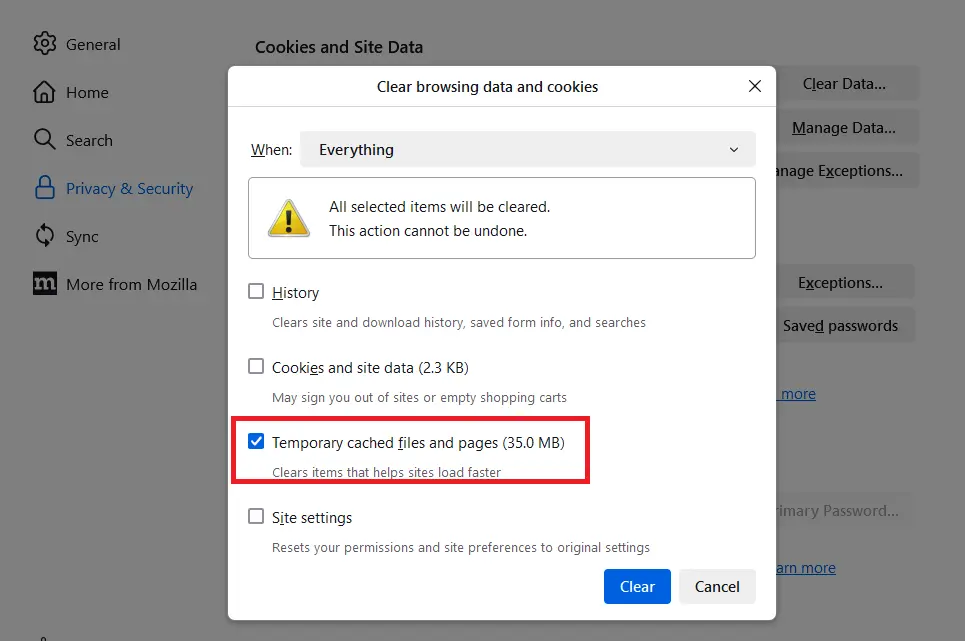
Also Read – Transfer QuickBooks Desktop to Another Computer


i. Delete history, cache, and cookies
ii. Clear cookies and cache, but keep your history
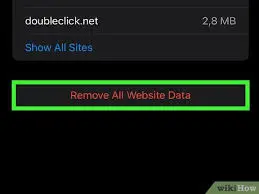
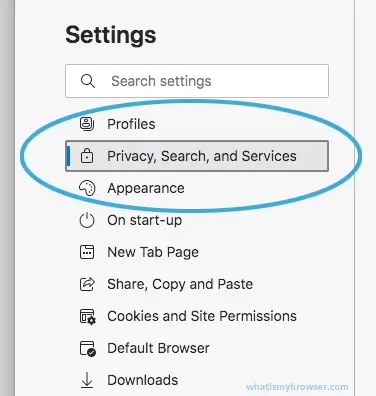
Read Also – Verify and Rebuild Data in QuickBooks Desktop
Resolve technical, web-based issues, such as loading pages or signing in to services like QuickBooks Online:
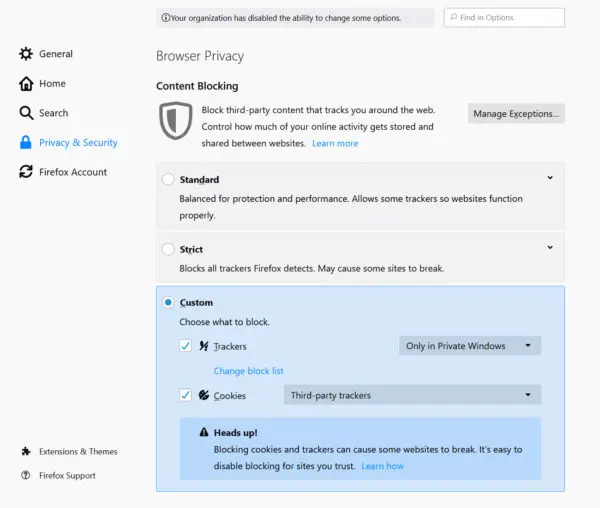
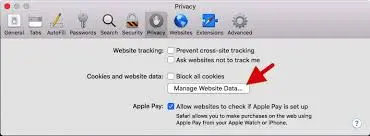
Clearing the DNS cache can help resolve connectivity issues, fix problems with websites not loading, and enhance your online security and privacy.
Note: If an administrative login is requested, reach out to your system administrator.
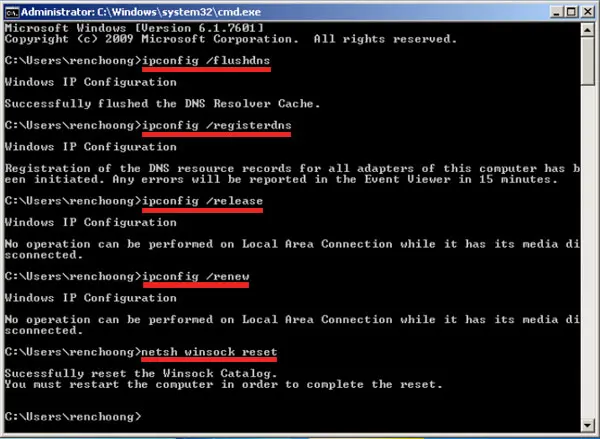
Adding Intuit as a trusted site in your web browser primarily prevents browsers from blocking content and features from Intuit’s websites and services, such as QuickBooks and other Intuit applications.

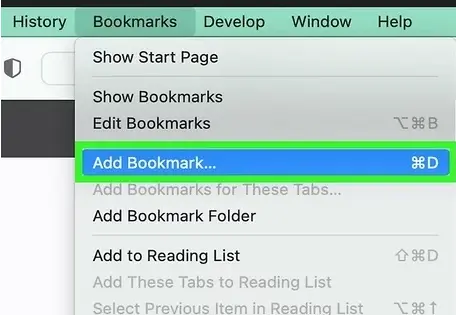

If nothing works, try using a private window to avoid cookies and cache stored on the web browser:
a. Google Chrome
Windows: Ctrl + Shift + N
Mac: ⌘ + Shift + N
b. Edge
Windows: Ctrl + Shift + N
Mac: ⌘ + Shift + N
c. Firefox
Windows: Ctrl + Shift + P
Mac: ⌘ + Shift + P
A VPN acts as an intermediary that connects your browser and the website’s server, particularly in cases where the server is overloaded, misconfigured, or has a poor connection, thereby interfering with communication between the two. To fix this, disable the VPN temporarily and reconnect once the process is complete.
The server can also be blocked by an antivirus that misidentifies its legitimate server’s traffic as a threat, leading to a blockage due to an overly strict firewall. For the instructions, visit the official website of the antivirus software to configure it for QuickBooks.
Disconnecting your bank account won’t cause any of your existing QuickBooks Online data to be lost or deleted.
Feel free to disconnect the account and reconnect with a new one to fix the issue, knowing that no data will be lost during the process.
Follow this link to complete the steps in the product.
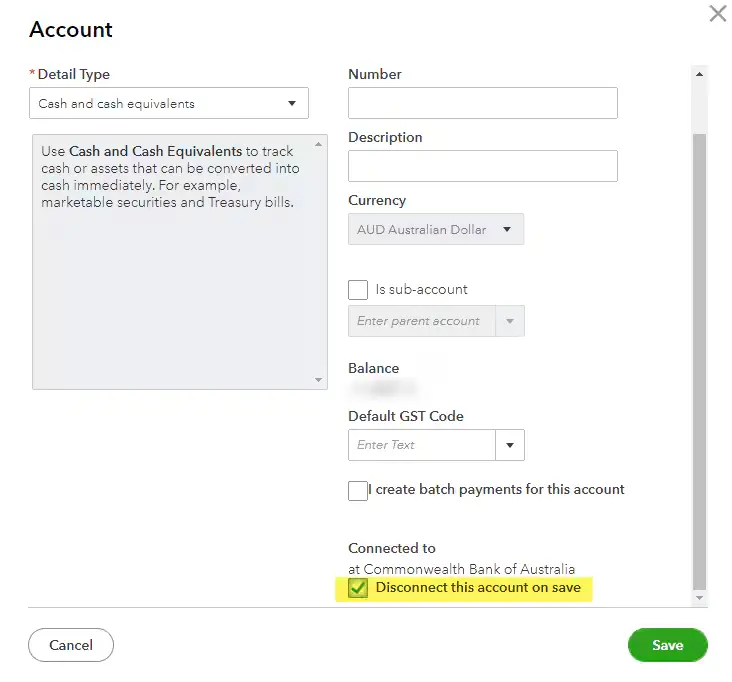
Note: If QuickBooks is busy downloading new transactions, you won’t see this option. Wait a moment for the update to complete and try again.
A good server connection allows you to share data between different servers, websites, or to do so seamlessly. Resolve QuickBooks error 502 by clearing the browser’s cookies & caches, DNS caches, and other steps as mentioned above.
If you get stuck or require further help, we recommend consulting with QuickBooks professionals. Dial +1(866)500-0076 to talk to a QB ProAdvisor now!
No, error 502 Bad Gateway does not mean you’re blocked; it just indicates a problem between servers, not an issue with the user’s browser or internet connection. This occurs when a server acting as a gateway proxy receives an invalid response from an upstream server.
A Bad Gateway error 502 means one server has received an invalid response from the other server it was trying to communicate with, such as a gateway or proxy server failing to get a valid reply from an upstream server.
The root cause of a 502 Bad Gateway error can be caused by several factors, including server overload, network connectivity problems, server misconfigurations, DNS issues, or bugs in the website’s code.
Yes, clearing your browser’s cache can fix a 502 error because it removes outdated or corrupted data that may be causing the problem. If it doesn’t work, try refreshing the page, flushing your DNS cache, or checking your network connection.

Lana Creston is an experienced technical and accounting writer with a total of 9 years of experience. She currently works on QuickBooks accounting and technical guides at QuickBookSupportNet. Lana has a passion for reading and writing about various technical topics, especially exploring new accounting methods and software, while continuously expanding her expertise in the ever-evolving field of finance and technology.

Quick, clear, and hassle-free QuickBooks assistance.
QuickBooks for Mac: Everything You Need to Know
Dec 12, 2025
Learn How to Create and File QuickBooks 1099 Forms
Dec 10, 2025
